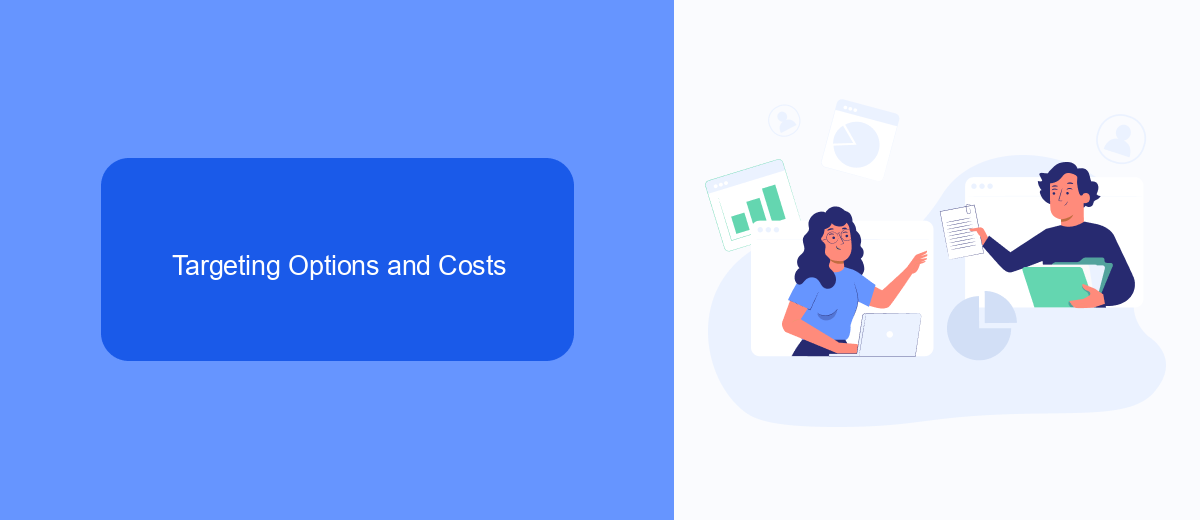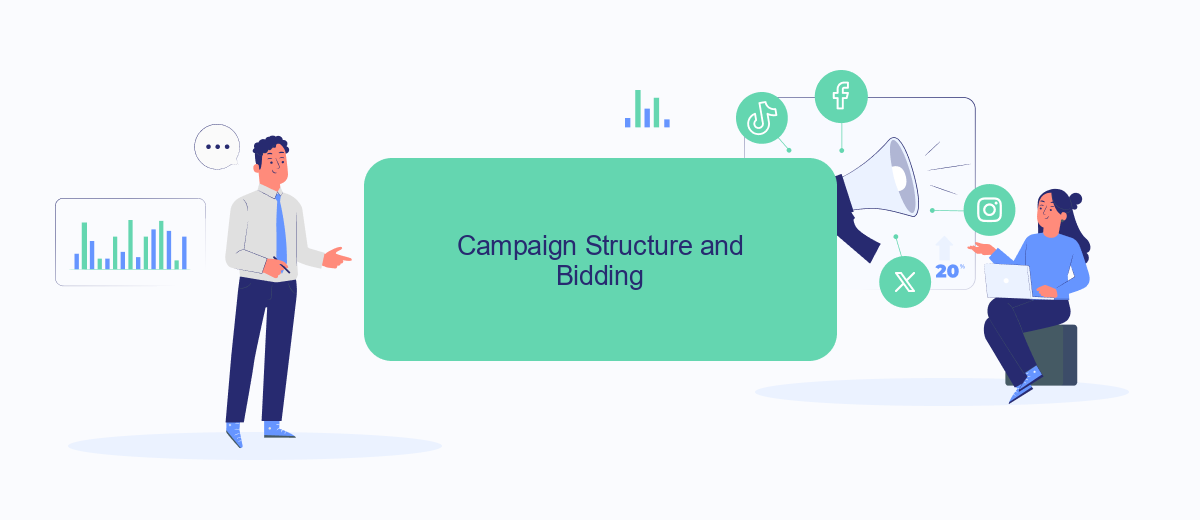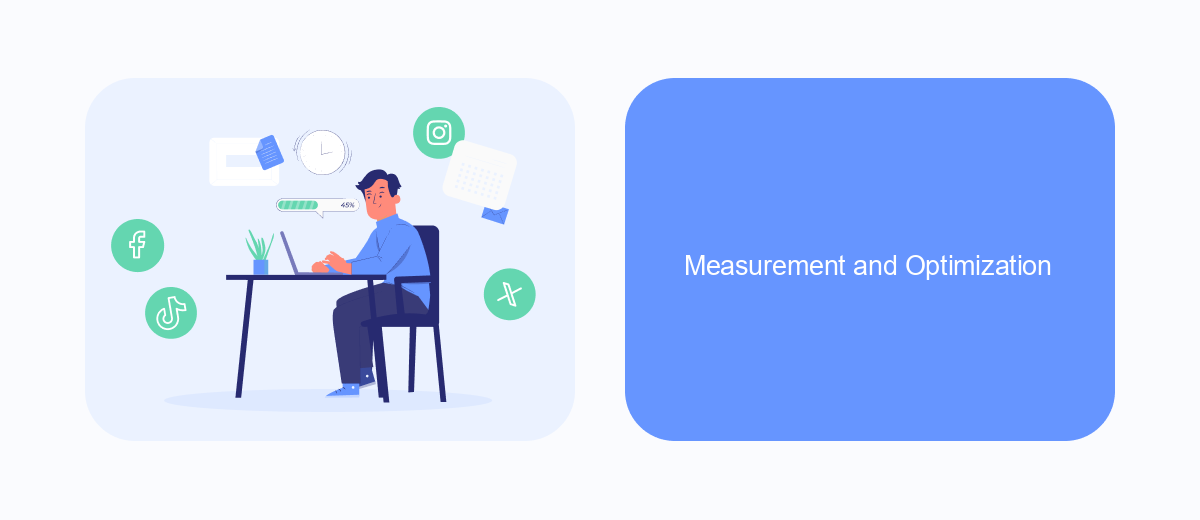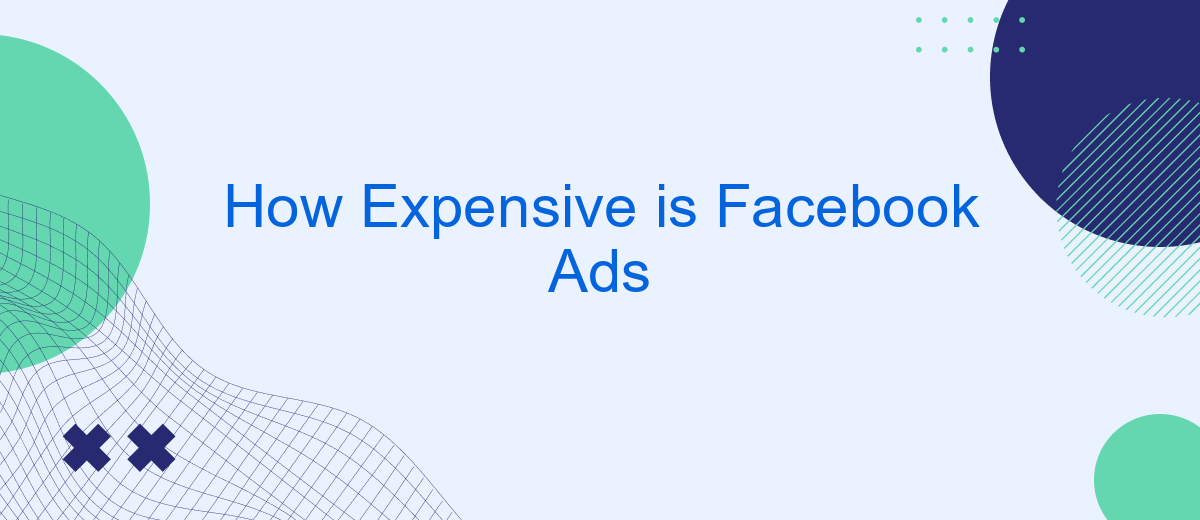In the ever-evolving landscape of digital marketing, Facebook Ads have emerged as a powerful tool for businesses to reach their target audience. However, understanding the cost dynamics of Facebook Ads is crucial for maximizing return on investment. This article delves into the factors that influence the expense of Facebook Ads, helping advertisers make informed budgeting decisions.
Campaign Objectives and Budget
When planning a Facebook Ads campaign, setting clear objectives is crucial for determining your budget. Your campaign objectives can range from brand awareness to lead generation, and each objective may require a different budget allocation. For instance, campaigns focused on conversions typically cost more than those aimed at increasing page likes or post engagement.
- Brand Awareness: Lower budget, broader reach
- Engagement: Moderate budget, targeted audience
- Lead Generation: Higher budget, specific targeting
- Conversions: Highest budget, precise targeting
Additionally, integrating services like SaveMyLeads can help optimize your ad spend by automating lead data collection and management. This ensures that your budget is used effectively by targeting the right audience and tracking conversions accurately. By aligning your budget with your campaign objectives and leveraging automation tools, you can maximize the ROI of your Facebook Ads campaigns.
Targeting Options and Costs

Facebook Ads offers a variety of targeting options that allow advertisers to reach specific audiences based on demographics, interests, behaviors, and more. These targeting options include Custom Audiences, Lookalike Audiences, location targeting, age, gender, language, and detailed targeting based on user interests and activities. By leveraging these options, businesses can create highly personalized ad campaigns that are more likely to resonate with their target audience, thereby increasing engagement and conversion rates.
The cost of Facebook Ads can vary significantly depending on the chosen targeting options and the competitiveness of the audience segment. Factors such as ad placement, bidding strategy, and overall campaign objectives also play a crucial role in determining the final cost. For businesses looking to optimize their ad spend and streamline their marketing efforts, services like SaveMyLeads can be invaluable. SaveMyLeads offers seamless integration with Facebook Ads, allowing for automated lead management and enhanced targeting capabilities, ultimately helping businesses achieve better results at a lower cost.
Campaign Structure and Bidding

When setting up a Facebook Ads campaign, understanding the structure and bidding process is crucial for optimizing your ad spend and achieving your marketing goals. A well-organized campaign structure helps in targeting the right audience and efficiently managing your budget.
- Campaign Level: Define your objective, whether it's brand awareness, lead generation, or conversions.
- Ad Set Level: Specify your target audience, budget, schedule, and placement options.
- Ad Level: Create and design your actual ads, including images, videos, and copy.
Bidding strategies play a significant role in determining how your ads perform. You can choose between manual and automatic bidding, depending on your goals and experience level. For seamless integration and better management of leads generated from your campaigns, consider using services like SaveMyLeads. This platform helps automate lead data transfer from Facebook Ads to various CRM systems, ensuring you never miss an opportunity to convert potential customers.
Measurement and Optimization

Measuring and optimizing your Facebook Ads is crucial for maximizing return on investment. To begin with, you need to track key performance indicators (KPIs) such as click-through rates, conversion rates, and cost per acquisition. These metrics provide insight into how well your ads are performing and where there might be room for improvement.
Optimization involves continuously refining your ad strategy based on the data collected. This can include tweaking your ad creatives, adjusting your targeting parameters, or reallocating your budget to the highest-performing ads. Regular A/B testing can also help identify which elements of your ads are most effective.
- Use SaveMyLeads to automate data collection and integration.
- Set up conversion tracking to measure the effectiveness of your ads.
- Regularly review and adjust your targeting options.
- Conduct A/B testing to refine ad creatives and strategies.
SaveMyLeads is a valuable tool for simplifying the process of integrating Facebook Ads data with other platforms, allowing for more streamlined and efficient optimization efforts. By leveraging these strategies and tools, you can ensure that your Facebook Ads are not only cost-effective but also highly impactful.
Comparison with Other Marketing Channels
When comparing Facebook Ads to other marketing channels, it's crucial to consider both cost and effectiveness. For instance, Google Ads often have a higher cost-per-click (CPC) compared to Facebook Ads, but they also offer a higher intent audience, as users are actively searching for specific keywords. On the other hand, email marketing can be more cost-effective in the long run, especially if you have a well-segmented list, but it requires significant initial setup and ongoing management to achieve high engagement rates.
Additionally, integrating various marketing channels can amplify your results. Services like SaveMyLeads can streamline this process by automating the integration of Facebook Ads with other platforms, such as CRM systems and email marketing tools. This not only saves time but also ensures that your marketing efforts are cohesive and data-driven. By leveraging such services, you can maximize your ROI across multiple channels, making your overall marketing strategy more efficient and effective.
- Automate the work with leads from the Facebook advertising account
- Empower with integrations and instant transfer of leads
- Don't spend money on developers or integrators
- Save time by automating routine tasks
FAQ
How much does it cost to run Facebook Ads?
What factors influence the cost of Facebook Ads?
Is there a minimum budget required for Facebook Ads?
How can I optimize my Facebook Ads to reduce costs?
Are there any hidden costs associated with Facebook Ads?
Don't waste another minute manually transferring leads from Facebook to other systems. SaveMyLeads is a simple and effective tool that will allow you to automate this process so that you don't have to spend time on the routine. Try SaveMyLeads features, make sure that this tool will relieve your employees and after 5 minutes of settings your business will start working faster.

